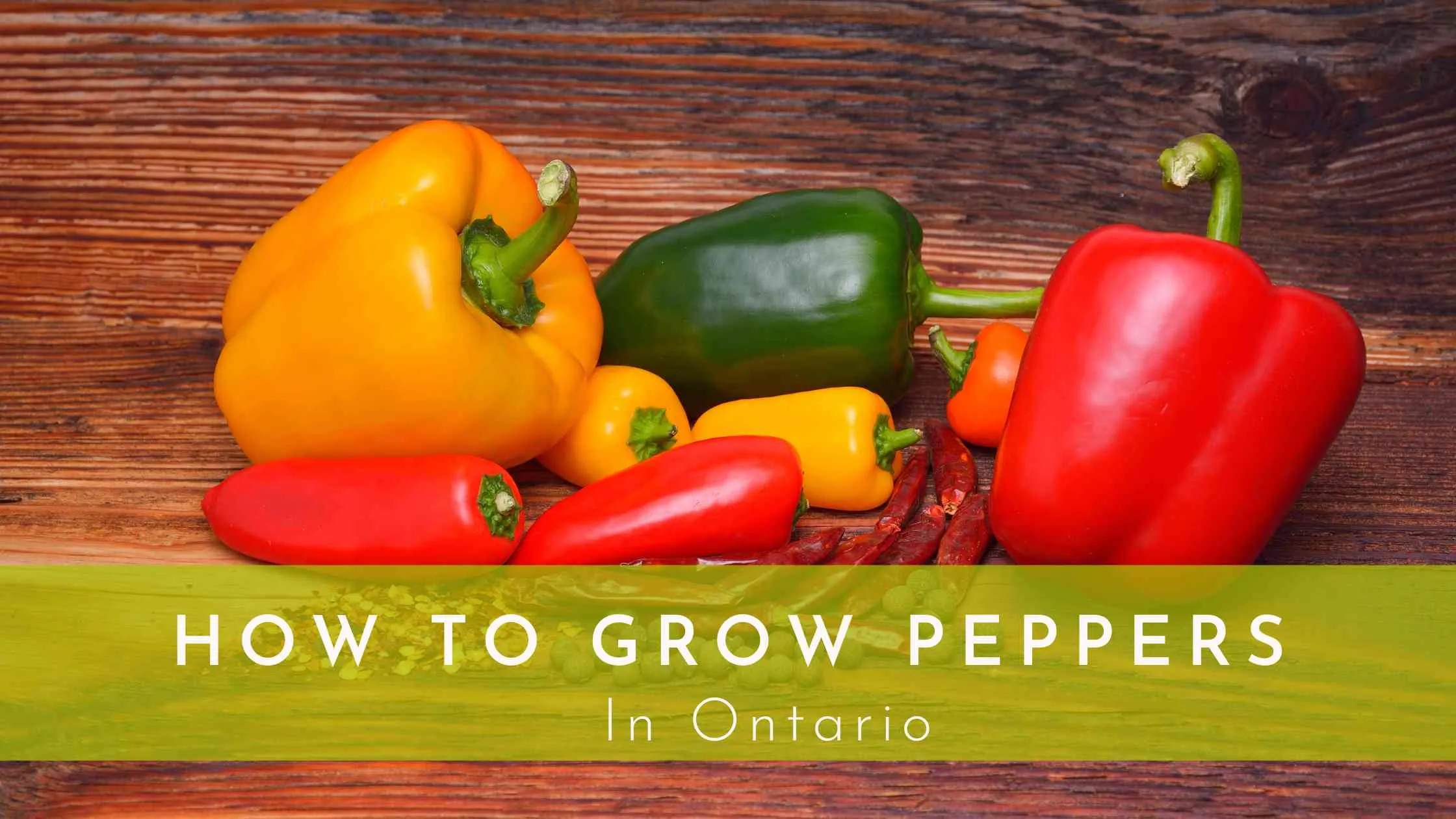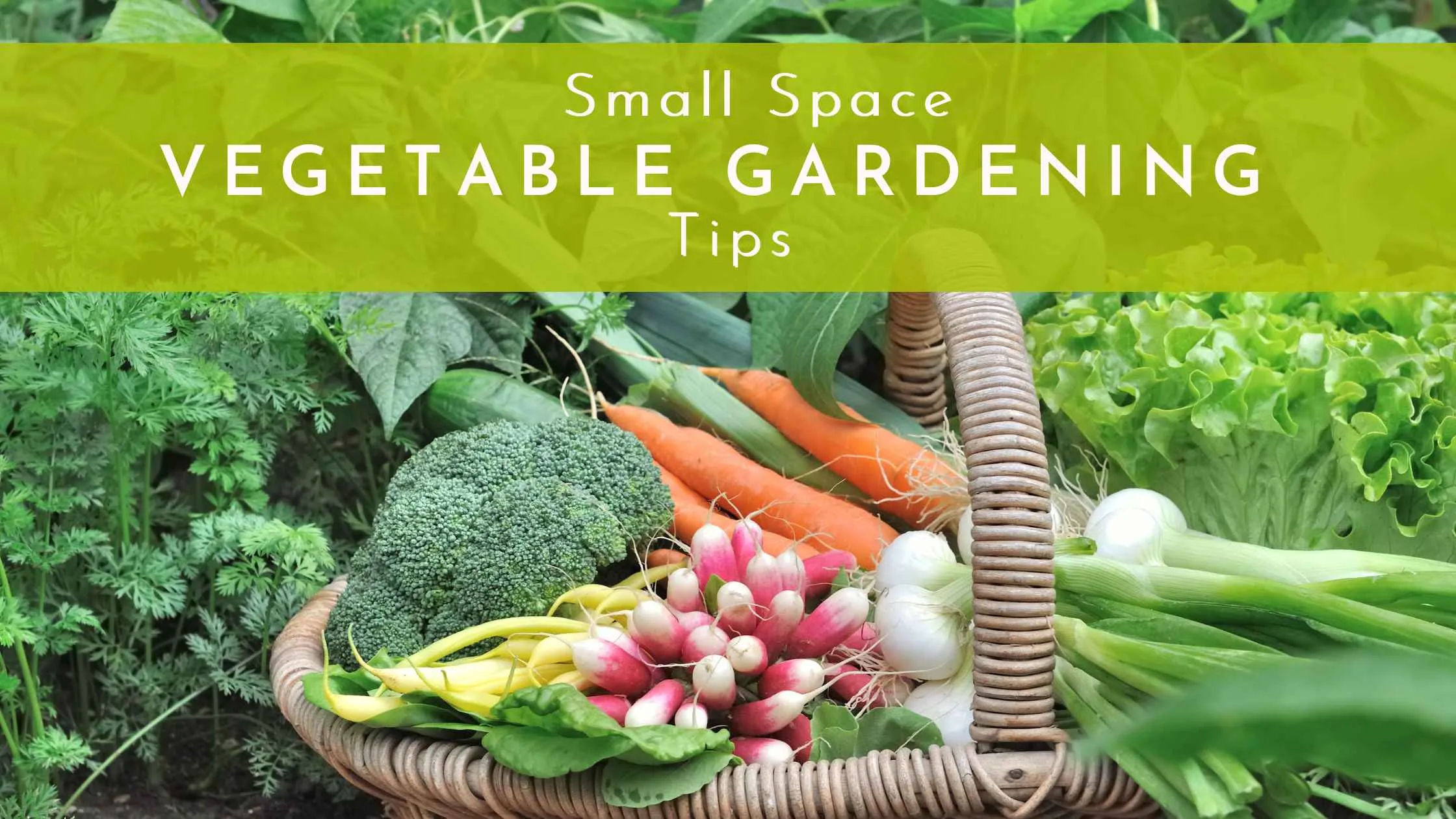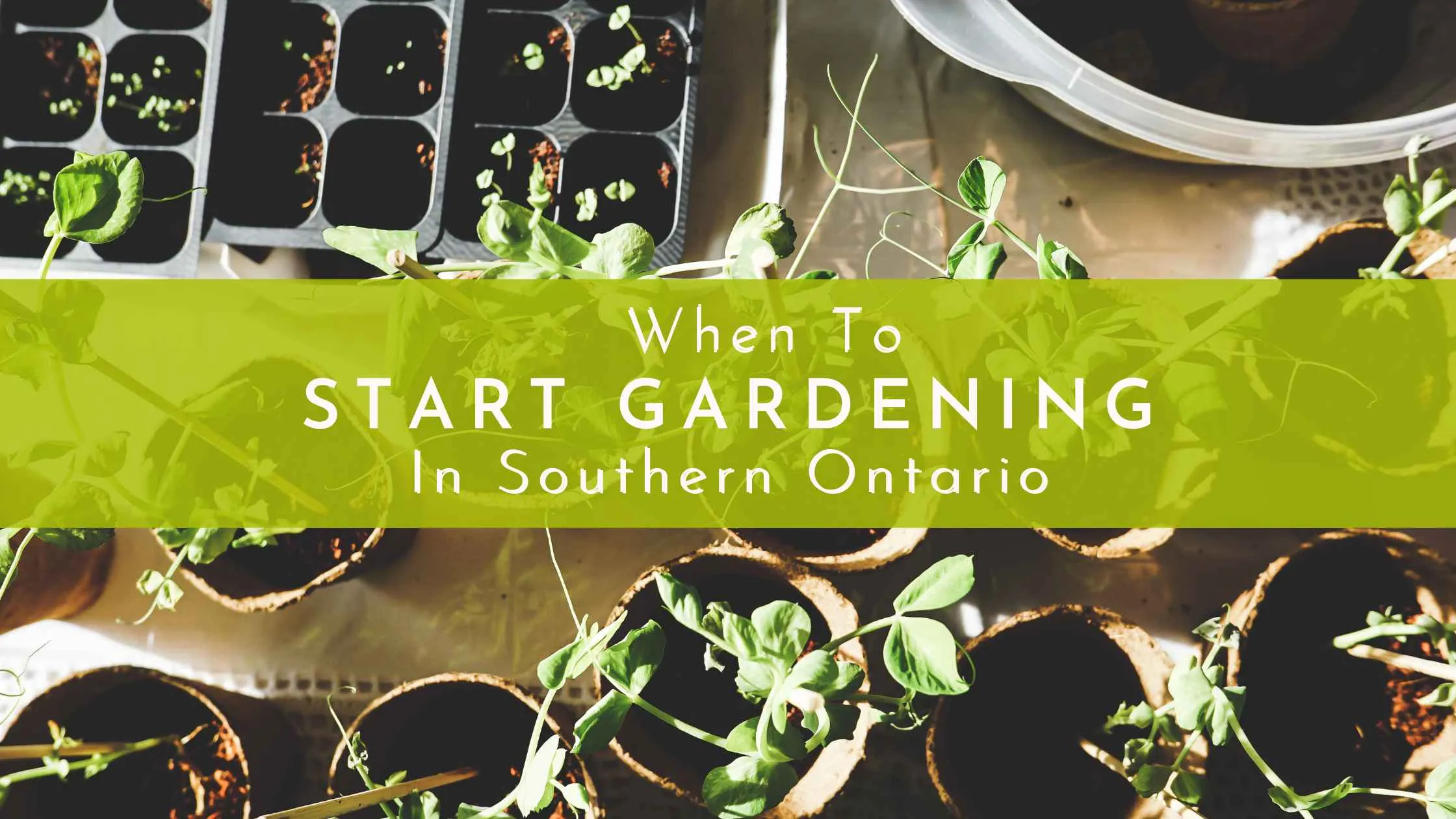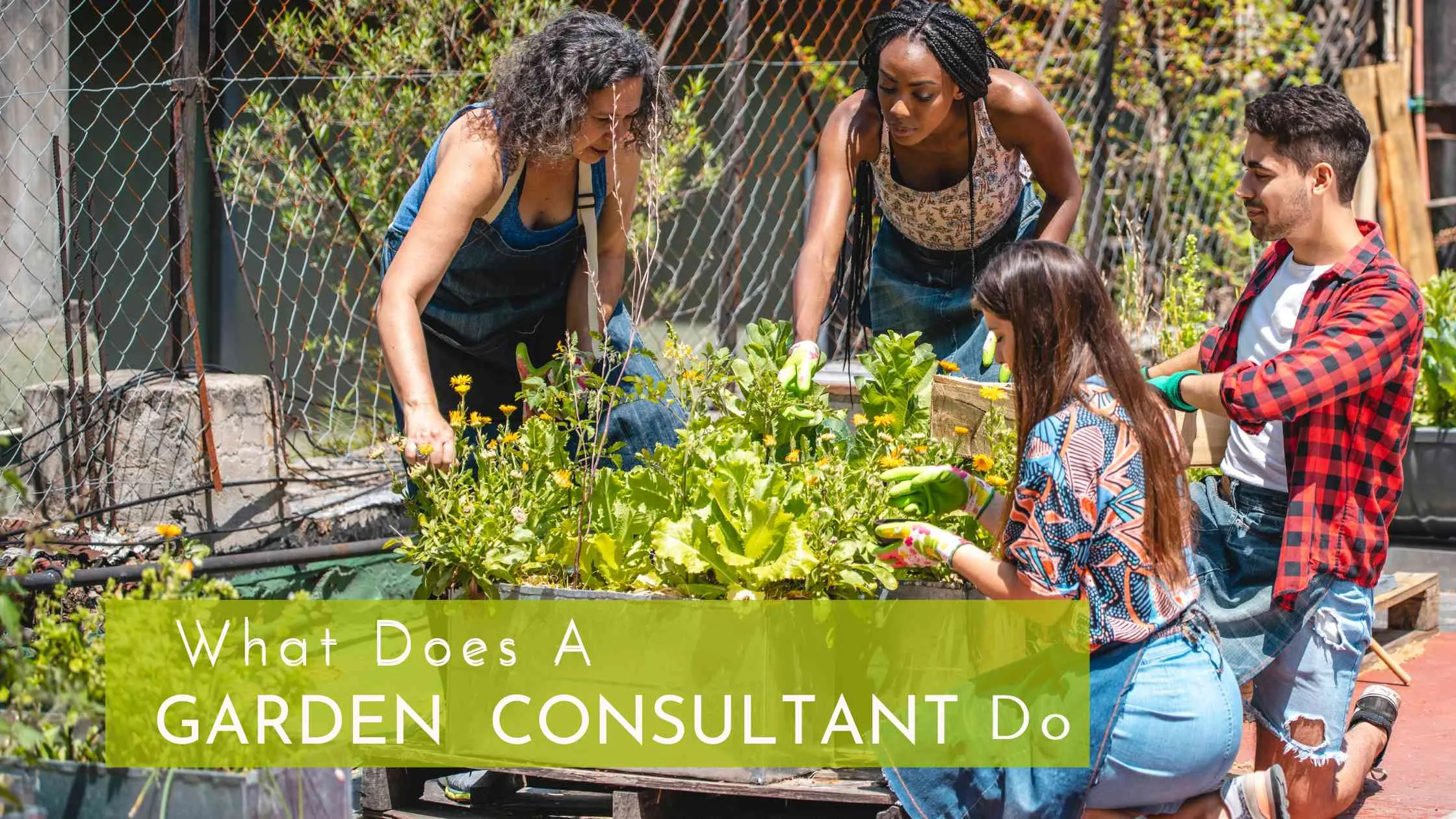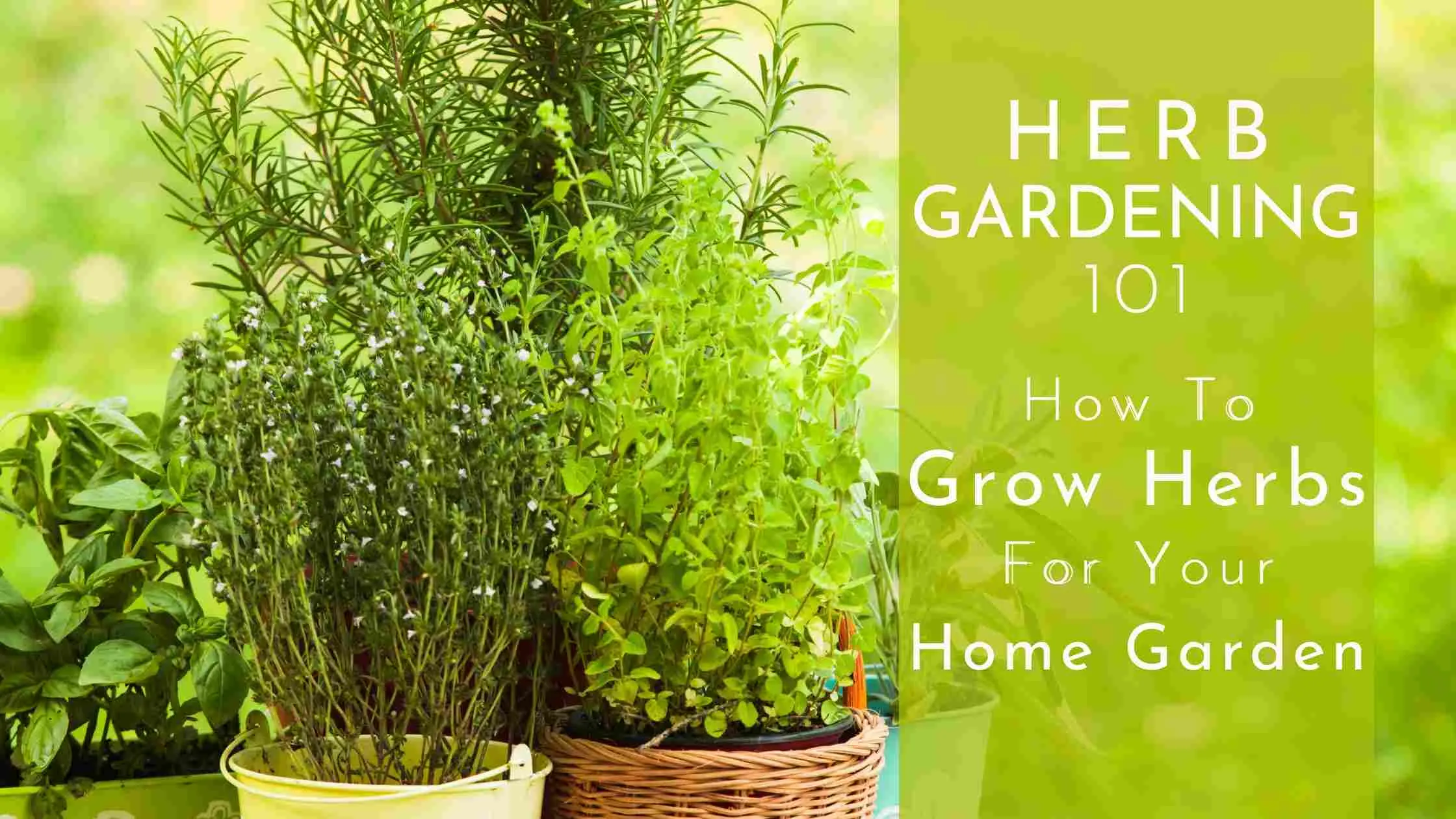What Are The Easiest Vegetables To Grow At Home?
Gardening is a very useful and relaxing activity. But for some beginners gardening can be tough and frustrating since you don’t know exactly what you are doing. But this is where I come in – to help make it a lot easier for you.

If you are starting on your garden journey for the first time, you should start with seedlings (also called transplants or starter plants). It will be easier as you won't get frustrated. Growing vegetables from seeds is also possible but it’s easier if you start with the seedlings.
Another tip for not getting frustrated with gardening is to start with vegetables that can grow easily.
With that in mind, here is a list of some easy-to-grow vegetables to make gardening more fun and rewarding for you.
1. Beets
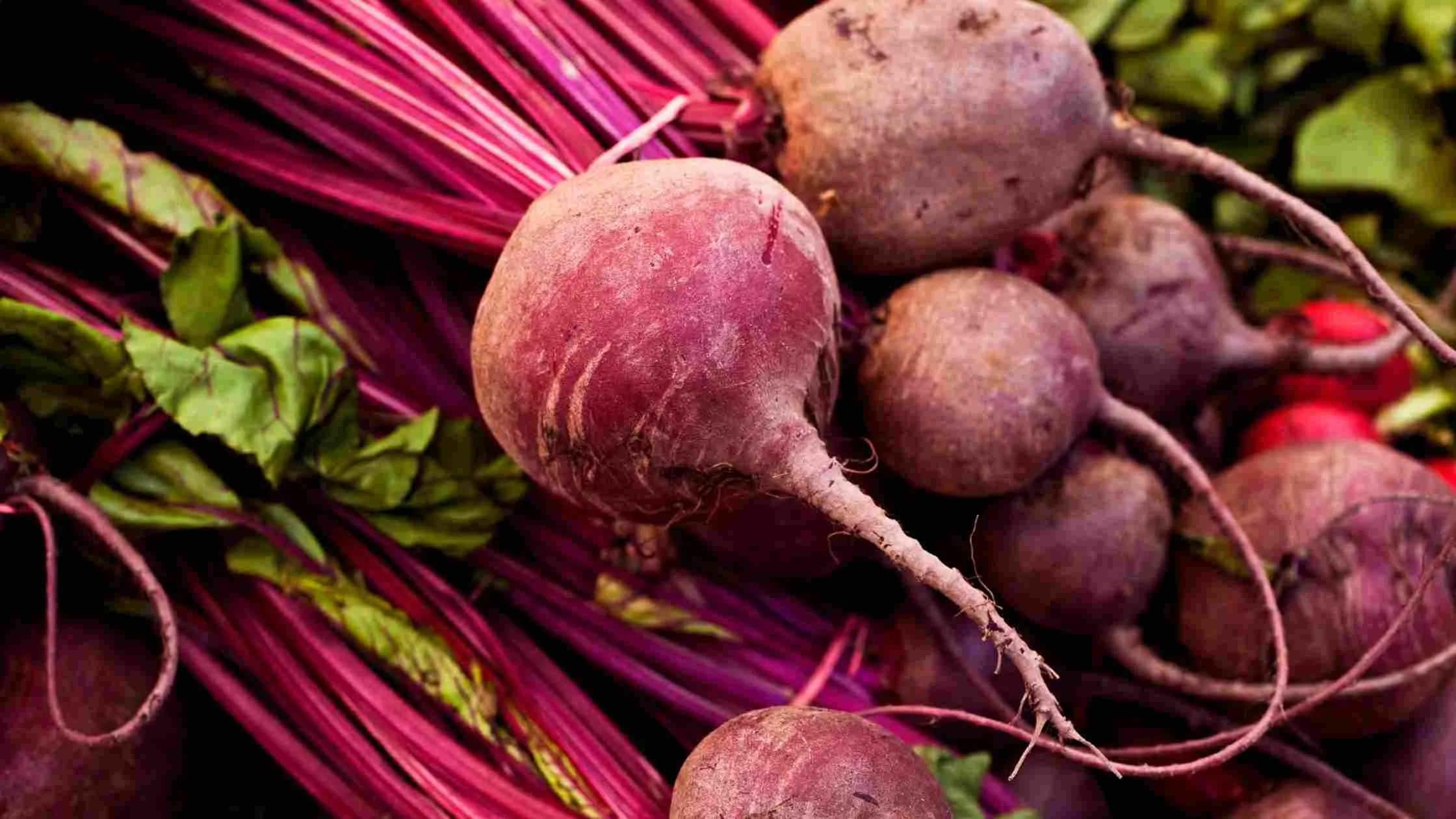
The taste of the beets that you grow is very different from the ones that you buy in the market. The freshness and tenderness of the fresh beets from your garden are beyond comparison. Also, it’s easy to grow beets and they grow very fast.
Light and Temperature
Beets need sunlight so grow them in direct sunlight or partially shaded areas where they get sufficient light for growth. The temperature of the area where you are growing your plant should be warm (18-29 degrees Celcius / 65-85 degrees Fahrenheit).
Planting Seeds
Beets take 45 to 65 days to be ready for harvesting. Sow the seeds up to 1 inch in depth and at least 4 inches apart between each seed.
The soil should be rich in organic matter for better growth and development of your produce. Before planting beets, check the soil area to make sure there are no stones or other objects which can affect the proper growth of your plant.
Harvesting
Your plant will be ready to harvest when it’s the size of a tennis ball. You can harvest your beet and enjoy the freshness and richness of your home-grown beets. You can also use the beet leaves just like spinach.
2. Cucumbers

Cucumbers are used all over the world for different purposes. They are commonly used in salads and pickles. To grow cucumbers, you have to purchase the seeds or you can grow the plant by harvesting from another plant.
Temperature
Just keep the following facts in your mind when you are growing cucumbers:
- They grow in direct sunlight.
- They need warm weather for their proper growth.
- Plant them against a fence where they can get direct sunlight. Planting them next to a fence also provides them with support.
Soil
Check the soil in the area where you want to plant cucumbers. The soil should have the following characteristics:
- It should be fertile.
- The soil should be rich in organic matter.
- There should be a clear path for drainage.
You can also add compost to the soil to enhance the growth of your plant.
3. Lettuce

Lettuce is easy to grow. It is an annual plant that can grow all throughout the year. There is no need for a specific type of garden or soil because it can grow on any type of ground. So you can grow lettuce directly in your garden.
Temperature
On hot days (temperatures above 29 degrees Celcius /85 degrees Fahrenheit), lettuce needs to be shaded. Otherwise, it grows well in all climates. In shady areas, the growth rate of lettuce becomes slows, so you will have to wait longer to harvest the lettuce.
Varieties of Lettuce
There are many different varieties of lettuce and most of them are very easy to grow.
Like its many varieties, there are many ways of using lettuces. You can use the raw leaves of lettuce in salads. You can also cook or roast the leaves of the lettuce. It can be added to sandwiches or soup or other types of food.
The freshness of the homemade lettuce and its minerals make your food healthy.
4. Radishes
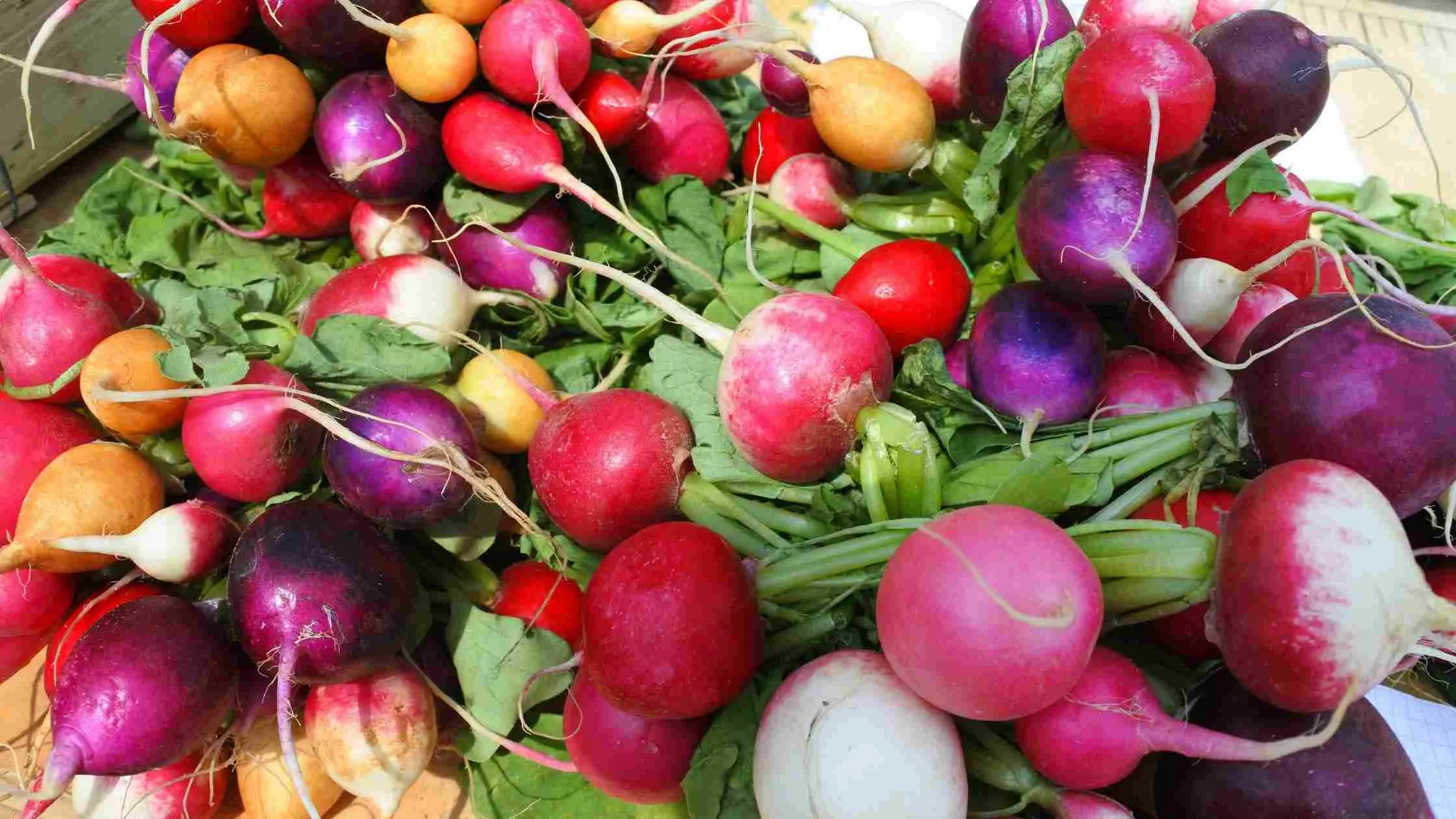
Radish is a root vegetable that can be grown multiple times in a season. The vegetable can be ready to harvest within a month after planting. Here are the steps to grow this vegetable easily:
Most Favorable Season
The first thing you need to remember is that spring is the most favorable season for a radish to grow well. Sow seeds 4 to 6 weeks before last spring frost.
Sowing Seeds
Sow each seed 3 inches apart or more. Cover the seeds with about half an inch of compost or soil.
Soil
Till the soil and removes any rocks. If the soil has a lot of clay, mix it with some organic matter. You need to till for at least to a depth of 8 inches if you are planting some longer varieties of reddish.
Watering
Consistent watering is a key to this plant’s growth. The plant needs suffice amount of water. A drip irrigation system is the best way to keep it moisturized. And you can mulch it with compost to retain moisture in the soil during dry conditions.
Light
Radish loves sunny spots. They need at least 6 hours of sunlight in a day.
5. Peas
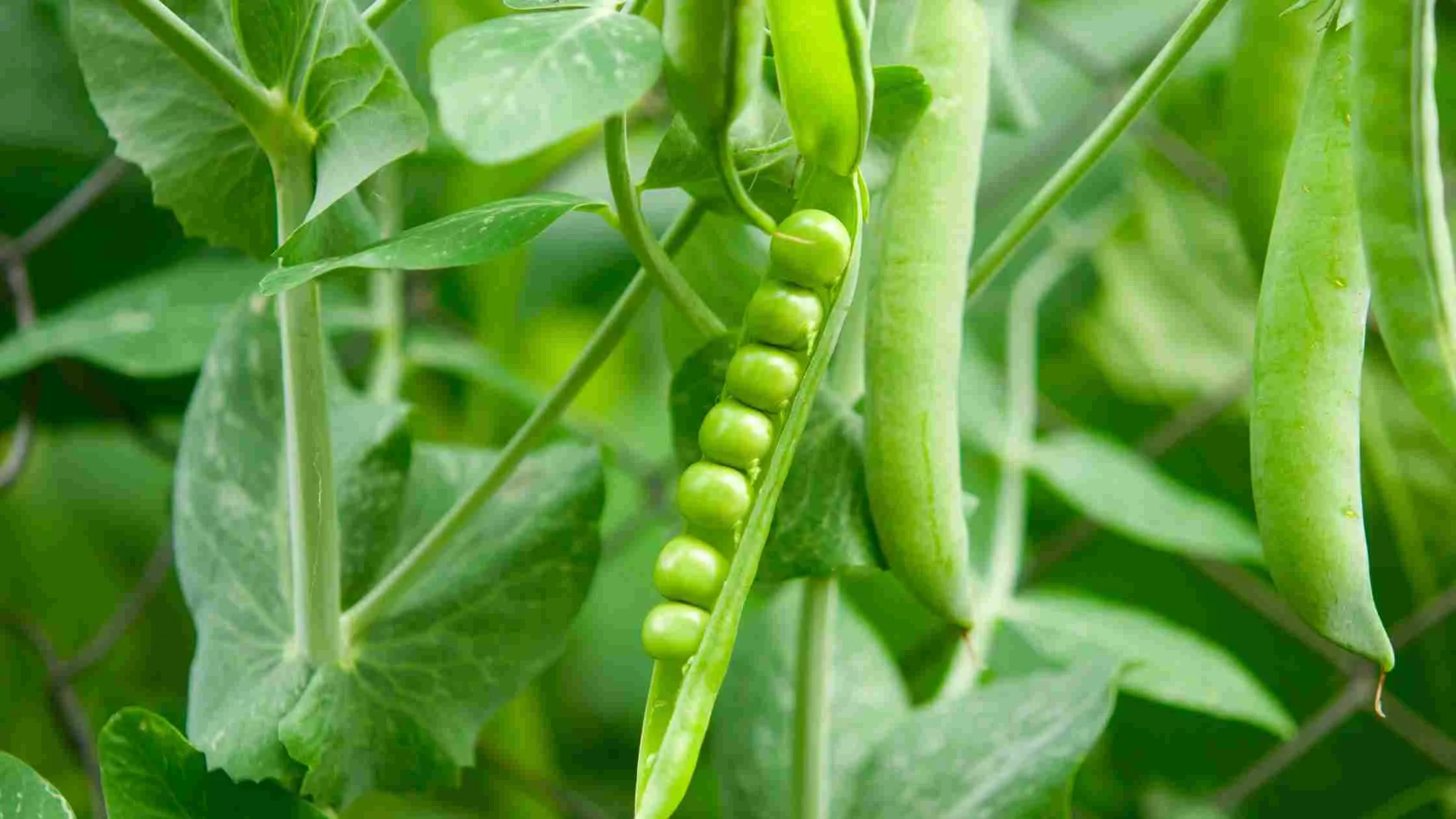
Growth Needs
Peas do not need excess water. But, on hot days, the pea’s leaves can turn yellow because of hot weather. So water them properly and also put them in an area where they can get some shade.
Soil
Clean the soil area where you plant the peas by removing stones or any other material that can be harmful to roots.
Harvest
The best time to harvest peas is in the early morning as they are crispier at that time. If you harvest the peas regularly, it will encourage the growth of new pods of peas. Hold the vine gently and pull the pods off and try not to damage the plant.
6. Carrots

Growing carrots can be easy if you grow them in the cool days of spring and fall in sandy and loose soils. Carrots need well-drained loose soil for growth because rocky soil can affects the growth, making the carrots deformed and short.
Space Requirements
Carrots must not be overcrowded because they need space for proper growth, so thin the seedling of carrots at a specific distance. Plant the carrots in rows up to 1 to 2 feet distance apart. Sow the seeds 1 cm deep and maintain 1 to 2 inches distances between them.
Growing and Harvesting
Once you plant the carrot they will grow continuously. They mature between two to three months. The best time for the crop is in the middle of spring because the weather is not too cold at that time of year. If you want a constant supply of carrots then plant the seeds of carrots continuously every 2 weeks. Carrots are rich in nutrients.
7. Squash

The squash can grow in two ways: from seeds or from seedlings. Growing squash from seeds is the easiest way. Here are the steps to grow squash easily from seeds:
Light
The plant needs sufficient sunlight to grow well, at least 6 hours a day.
Soil
You need well-composted soil and plenty of space. Ensure the temperature of the soil before direct seeding. 15.5 degrees Celcius/60 degrees Fahrenheit is the ideal temperature for seeding.
Planting
Soak the seeds overnight before seeding them directly into the soil. Plant the seeds in the cluster (3-6 seeds). Once sprouted, choose the strongest and remove the rest. When the plant grows, the first true leaves mulch the soil to retain moisture.
8. Beans

All bean plants are super easy to grow. They don't even have any special soil requirements, except that the soil should be evenly moist (not wet) to give the best production. They grow well in warm environments.
Light and Temperature
Select a sun-friendly area for the biggest harvest. The temperature of the soil should be 15.5C/60F.
Sowing and Watering
Sow the seeds after the last frost for best results. The plant needs to be watered daily.
Harvesting
Once beans start maturing, harvest them frequently. Remove any overripe beans to promote prolonged production.
Disease Prevention
To prevent diseases, avoid seeding in cold or wet soil and do not grow continuously in the same bean patches. Protect the young plants with garden fabric and hand-pick them to repel insects.
9. Chard
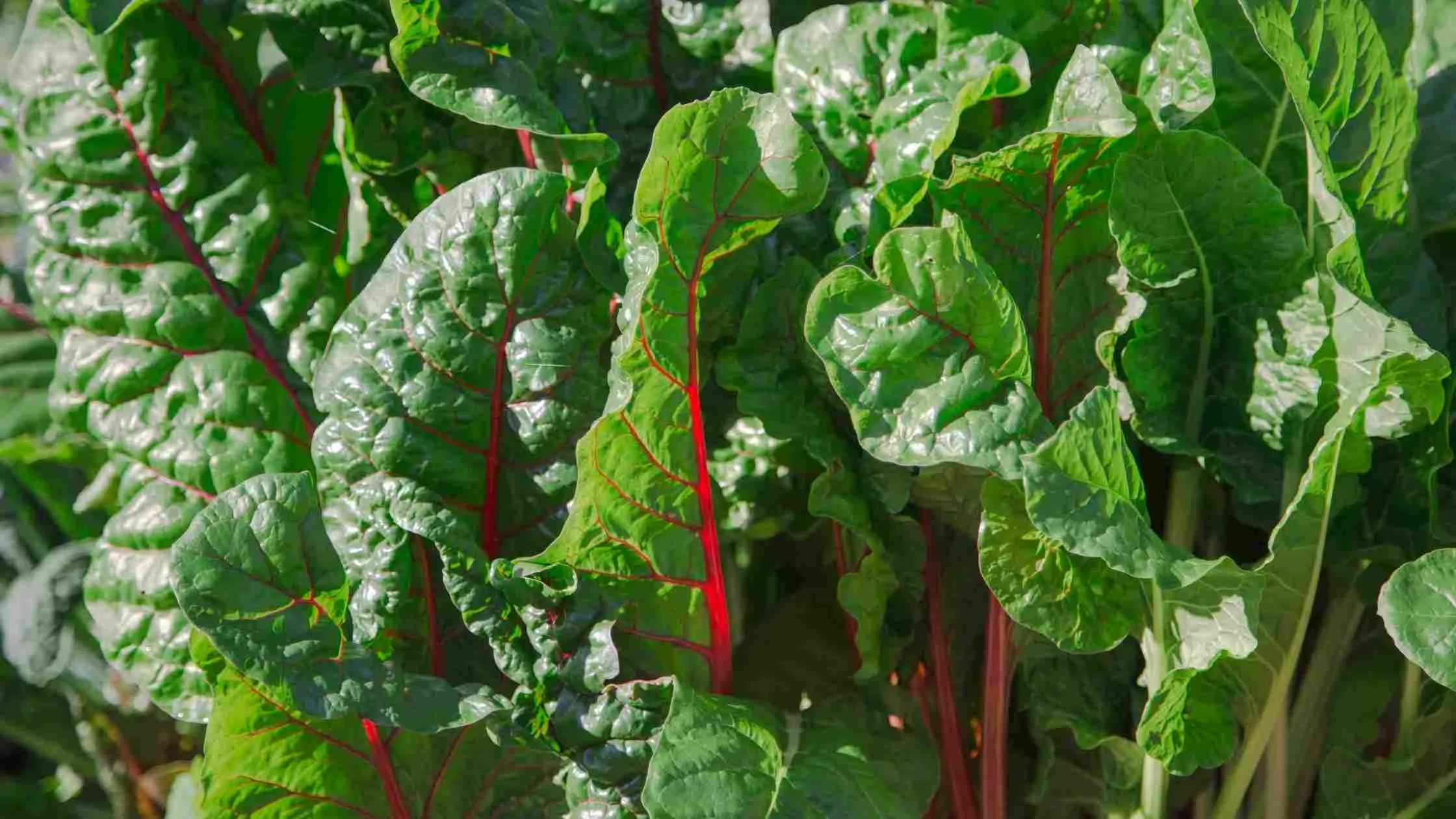
The chard grows well in both cool and hot weather.
Light and Temperature
The plant grows best in full sun. For the spring season, plant seeds 2 to 3 weeks before the last frost. For fall, plant the seeds about 40 days before the first fall.
Soil
A moderate fertile and well-drained soil with a pH between 6.0 -7.0 is suitable. Before planting, mix compost and manure well to increase the fertility of the soil
Planting
Soak the seeds for 24 hours before planting to speed up the germination process. Sow the seeds 1\2 - 1 inch deep, 2-6 inches apart, and 18 inches apart in rows. Before planting the seeds, fertilize the soil. Thin to 4-6 inches apart when plants are 3- 4 inches tall. You can continue planting every 10 days for the next couple of months.
Watering
Water the plant evenly and consistently for the best growth. Mulch the plants to retain the moisture.
Maintenance
When your plant grows to 1 foot in height, cut the leaves back to 3-5 inches. The overgrown chard is flavorless and the cutting also promotes tender growth. You can use the cutting for cooking or eating raw in salads.
10. Kale
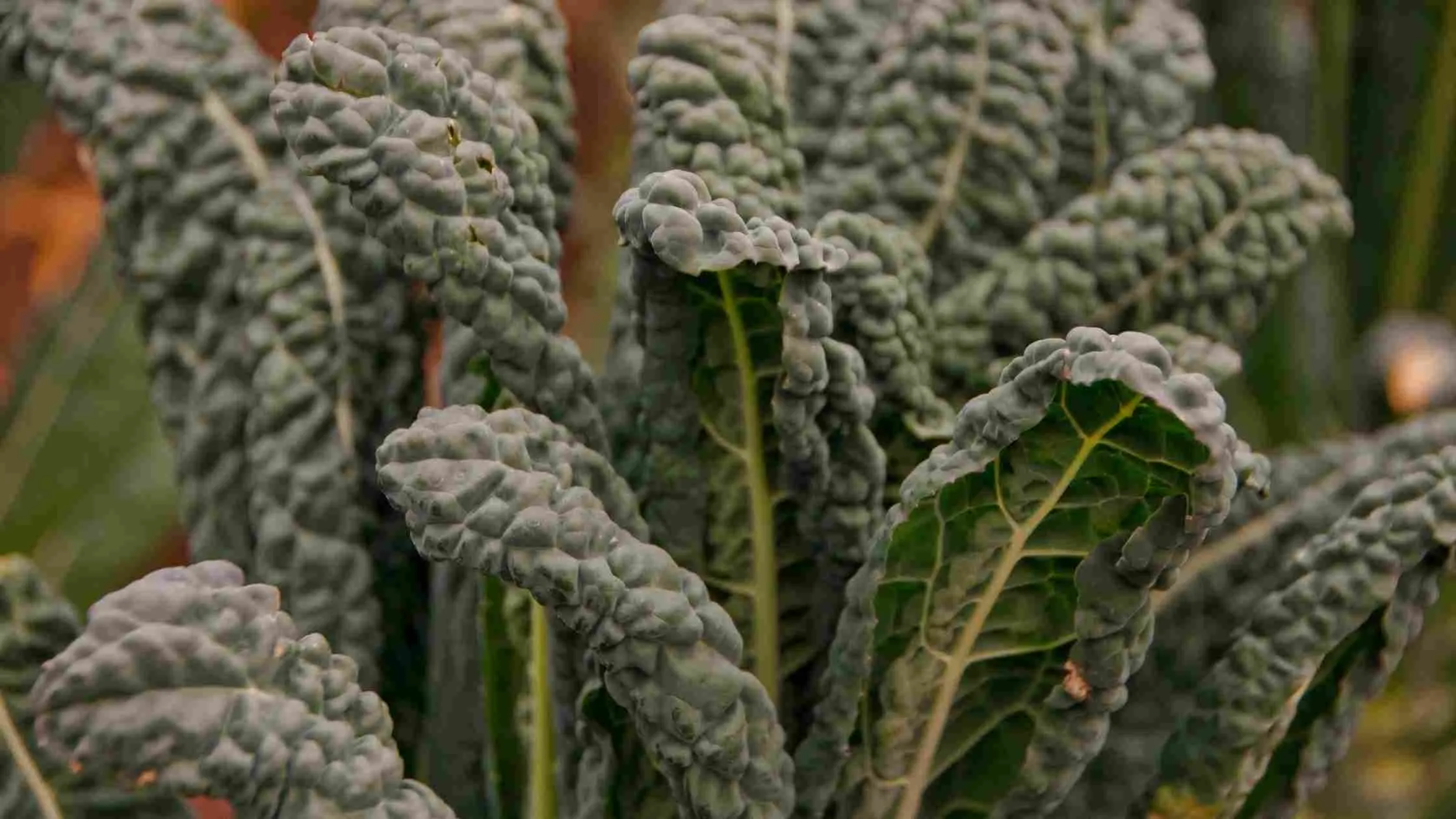
Kale can be grown in a wide range of temperatures and can be harvested at different times of the year. Kale tastes best when grown before summer or after the last fall frost. The cold temperature is more favorable to promote fast growth and it also prevents bitterness.
Growth Requirements
A sunny area and fertile and drained soil are some factors necessary for kale to grow faster. Before planting the seeds, add enough compost to the soil.
Fertilizer
You can add fertilizer to the soil that is nitrogen-rich. Add fertilizer 5-10-10 per 25 feet row into the top 3-4 inches of soil.
Planting
Plant the seeds ¼ - ½ inch deep, 1-inch apart, and 18-30 inches apart in the row.
Watering
After planting, water the plant well daily. After 2 weeks, thin the seedlings to 8 to 12 inches apart. Mulch the soil to conserve the water and keep the weeds down.
Conclusion
The vegetables which are mentioned above are the easiest ones to grow. In addition to these plants or vegetables, you can grow. You can start your gardening with these vegetables. Moreover, if you are new to gardening, start in the fall season. It is the best time of the year to grow plants for beginners.

